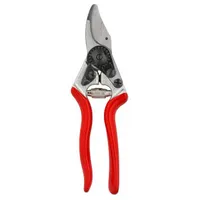How to protect your plants during a watering ban
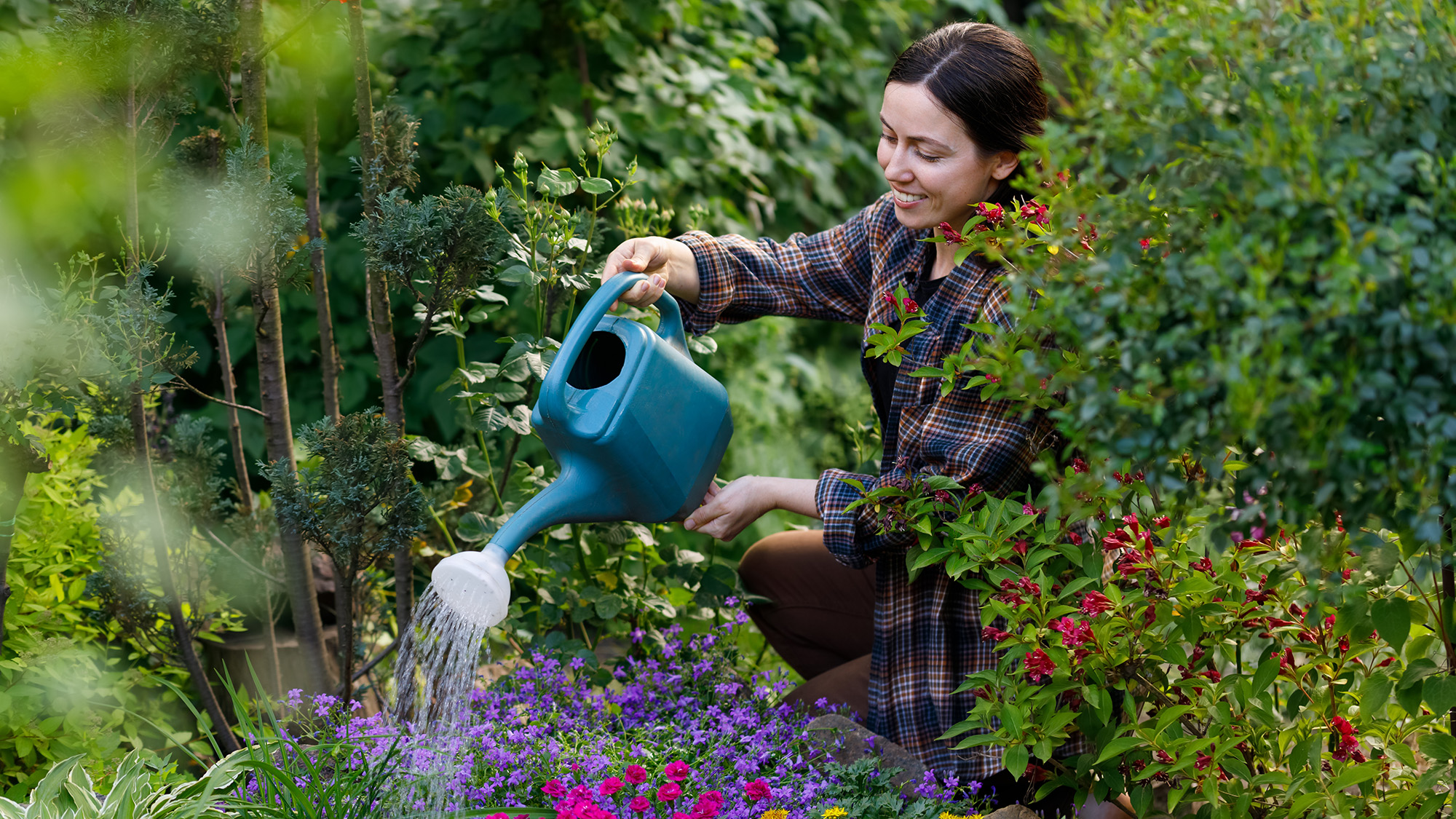
If a watering ban has been announced in your area, you're probably worried about your garden surviving the summer heat. After months of nurturing your plants and watching them flourish, the thought of losing your flowers, vegetables, or shrubs is genuinely concerning.
But plants are more resilient than you might think, and gardeners have successfully managed water restrictions for generations. You can keep your garden healthy and thriving even without regular watering by using smart, water-efficient techniques.
The key is understanding how plants actually use water and implementing strategies that make every drop count. Here's how you can protect your precious plants during a watering ban.
What every gardener needs to know
Watering bans typically prohibit the use of hosepipes and sprinkler systems but allow watering with watering cans using mains water. The key to plant survival during these periods is moisture conservation and efficient water use.
Plants need consistent moisture rather than large amounts of water, so focusing on retention and targeted watering is more effective than trying to replicate your normal watering routine with a can.
1. Apply mulch to conserve soil moisture
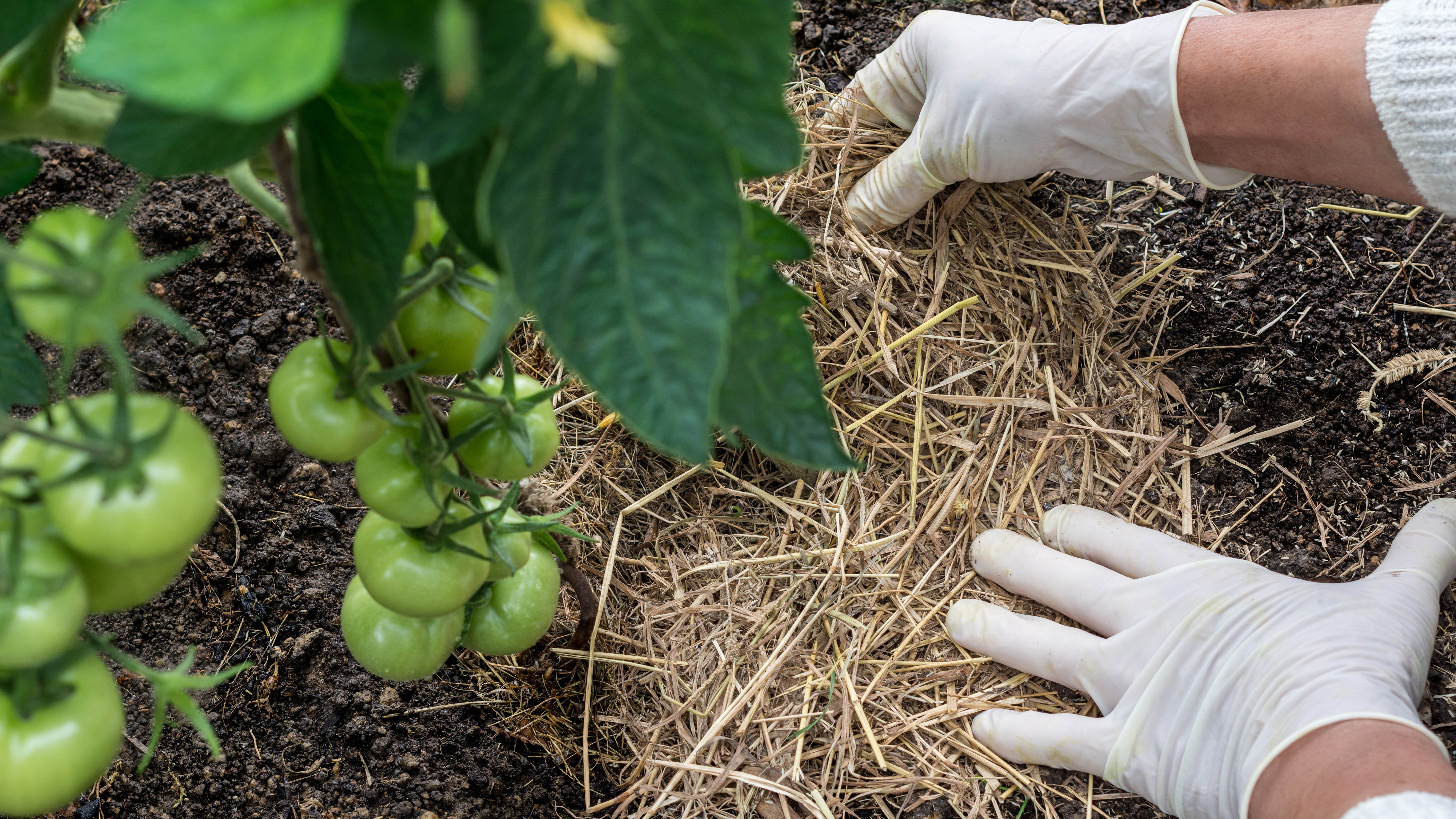
Cover the surface of your flower beds and containers with a thick layer of organic mulch such as bark chips, straw, or compost.
Mulch acts as a protective barrier between your soil and the direct heat of the sun, preventing the soil from overheating and reducing water evaporation from the surface. This means your plants retain moisture longer between waterings.
Use peat-free organic compost as mulch when possible, as it will gradually break down and enrich your soil with nutrients, creating a healthier root environment that helps plants withstand high temperatures more effectively.
2. Collect and reuse water from multiple sources

Set up water collection systems as rainwater is actually better for plants than mains water due to its lower pH and lack of chemicals.
You can install water butts to collect rainwater from your roof, and save household graywater from washing vegetables, rinsing dishes, or running taps while waiting for hot water.
Cold bathwater and shower water can also be collected in buckets and used for watering. This collected water stretches your available resources significantly during ban periods.
3. Relocate containers to shaded areas
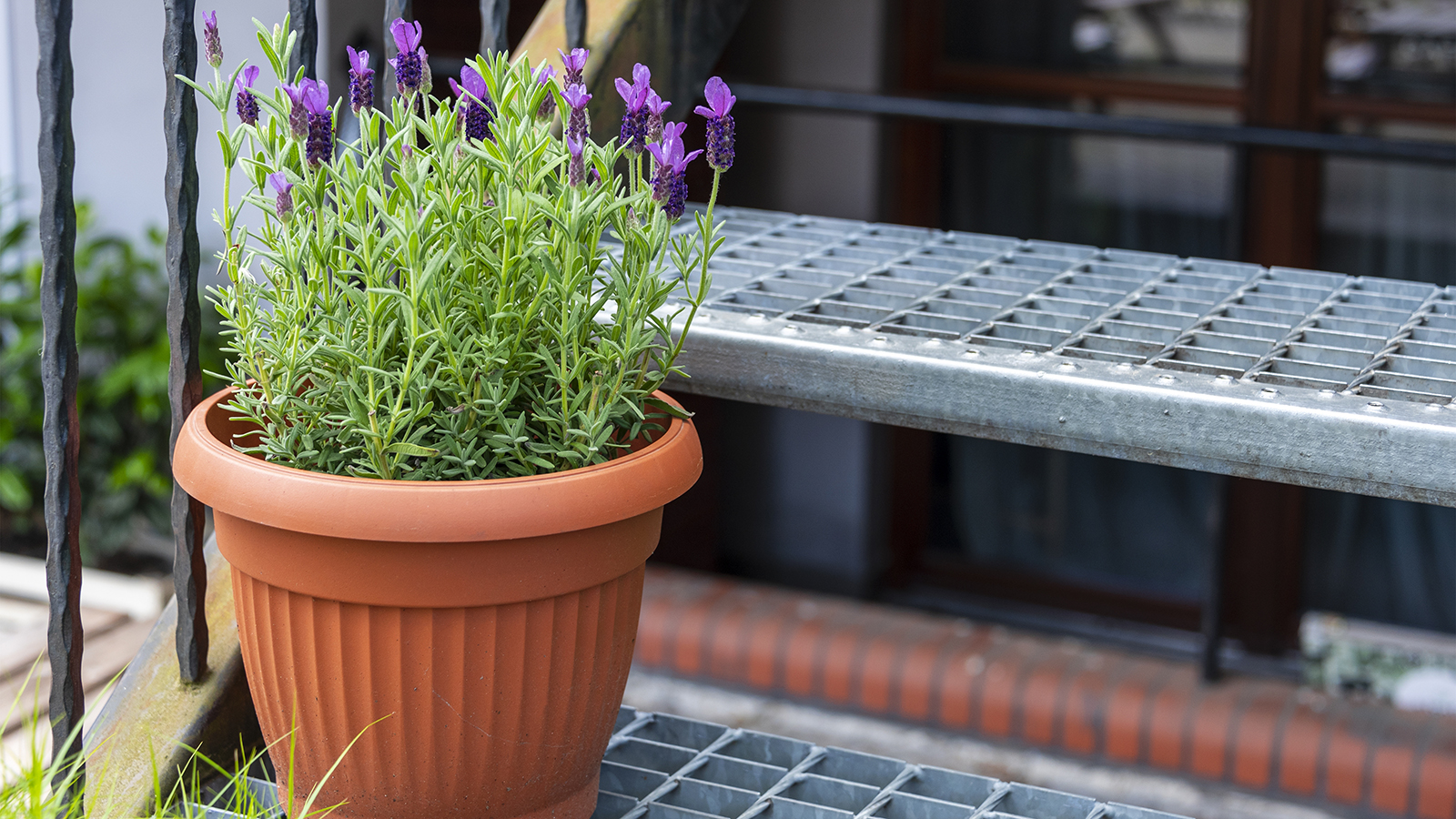
Move potted plants and containers away from direct sunlight to reduce water evaporation and heat stress. Position them against sheds, porches, or in naturally cooler corners of your garden where they'll be protected from the most intense sun.
This simple relocation can dramatically reduce how frequently you need to water container plants during a ban.
Leave drought-tolerant plants like succulents and silver-foliaged plants such as lavender in their sunny spots, as these are naturally adapted to warmer, drier conditions and don't require the same level of protection.
4. Make every drop count
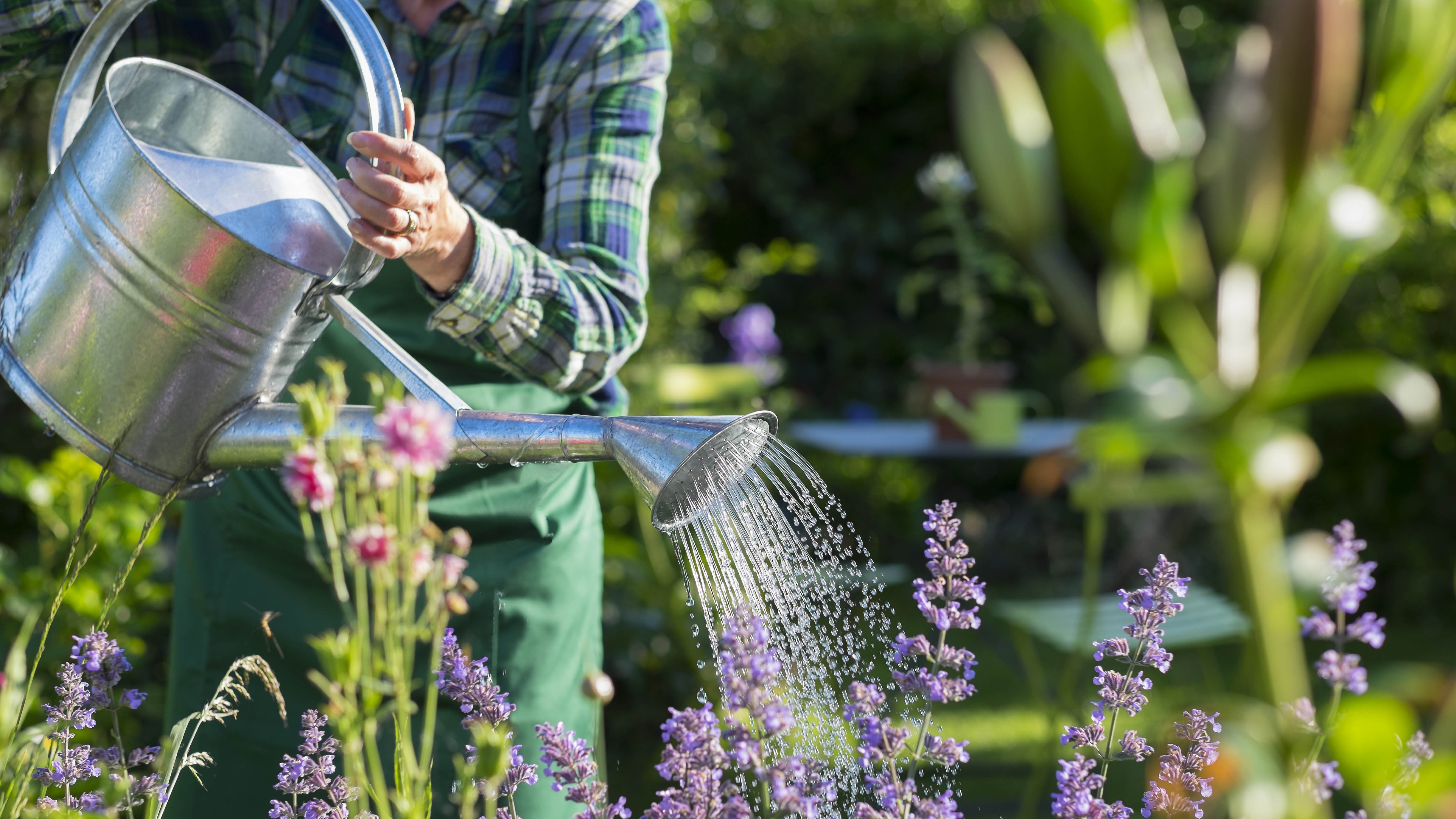
When you do water with a watering can, focus on the root zone rather than wetting the entire plant surface.
Water early in the morning or late in the evening to minimize evaporation losses, and water slowly and deeply rather than giving plants frequent shallow drinks. This encourages roots to grow deeper, making plants more drought-resistant over time.
Prioritize newly planted specimens, containers, and valuable plants over established garden plants, which typically have deeper root systems and can better withstand temporary drought conditions.
This Felco bypass pruner is perfect for medium-sized hands and comes with a comfortable ergonomic handle. It has a sturdy design, yet is lightweight and gives a consistent performance. What's more, this pruner is given a 5-star rating in our round up of the best pruning shears.
5. Future-proof with drought resistant plants
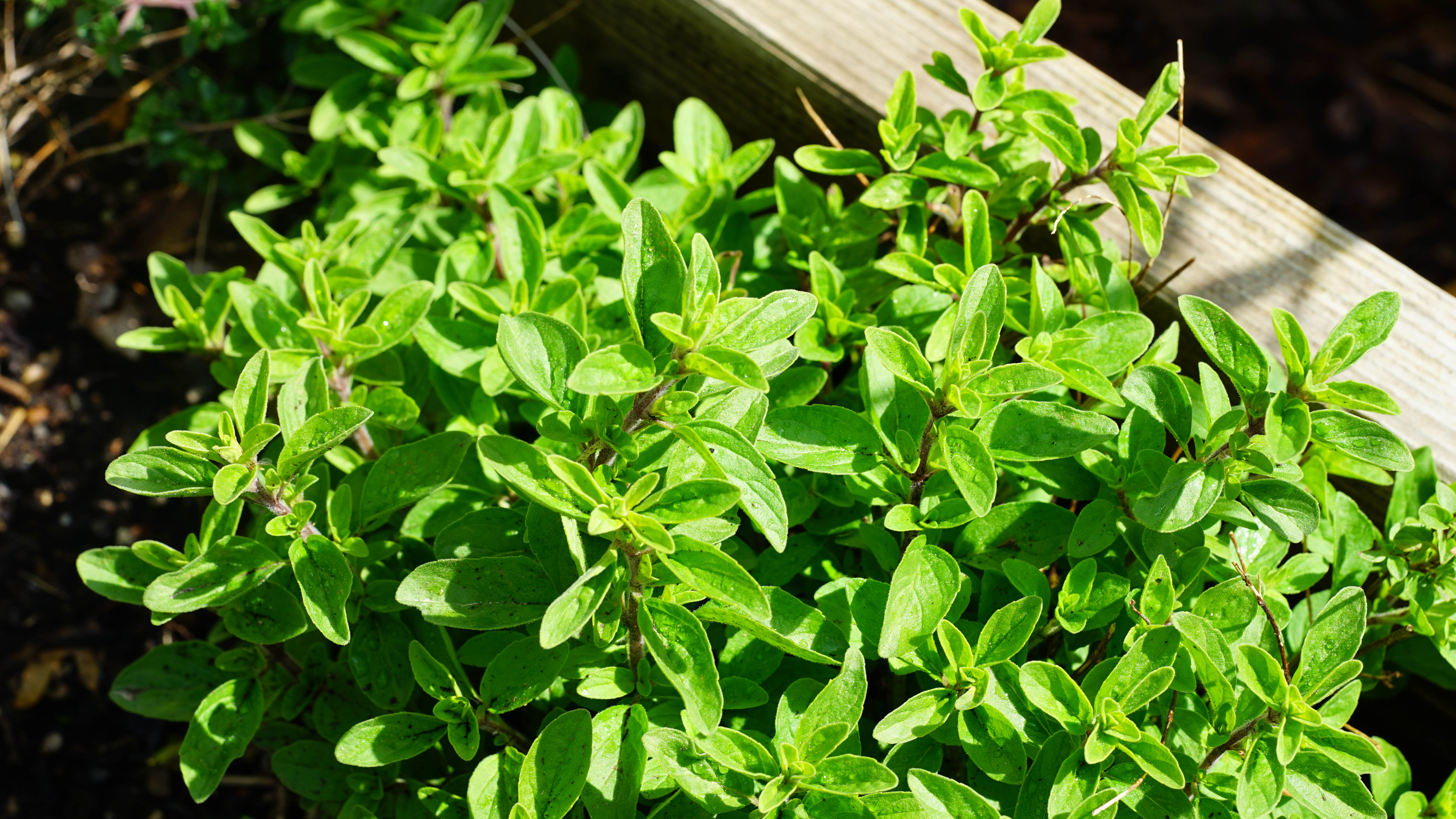
Use this watering ban as an opportunity to reassess your plant choices and gradually introduce more drought-tolerant varieties to your garden.
Mediterranean herbs like rosemary, thyme, and oregano, along with plants with silver or grey foliage, typically require less water once established.
Native plants are often better adapted to local rainfall patterns and soil conditions, making them naturally more resilient during dry spells.
Consider replacing high-maintenance, water-hungry plants with alternatives that will thrive with minimal irrigation, creating a more sustainable garden for future seasons.
6. Maintain soil health
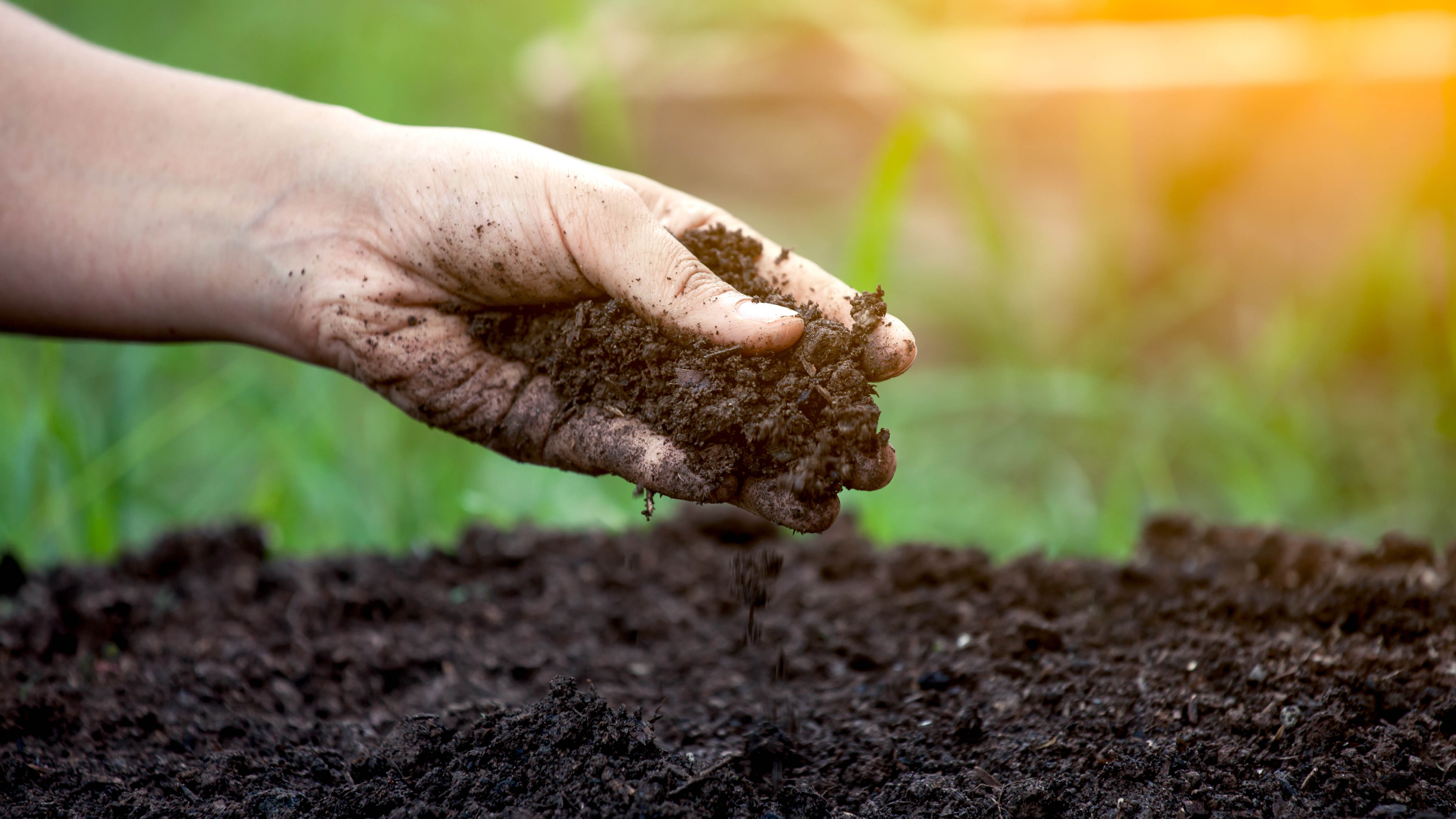
Improve your soil's ability to hold moisture by adding organic matter like compost or well-rotted manure during planting and maintenance periods.
Healthy soil with good organic content acts like a sponge, holding onto water longer and making it available to plant roots over extended periods. Avoid walking on wet soil, as compaction reduces the soil's ability to absorb and retain water.
Consider installing permanent irrigation improvements like buried clay pots or drip irrigation systems that can be connected to water butts rather than mains water when bans are lifted.
7. Monitor and modify your approach
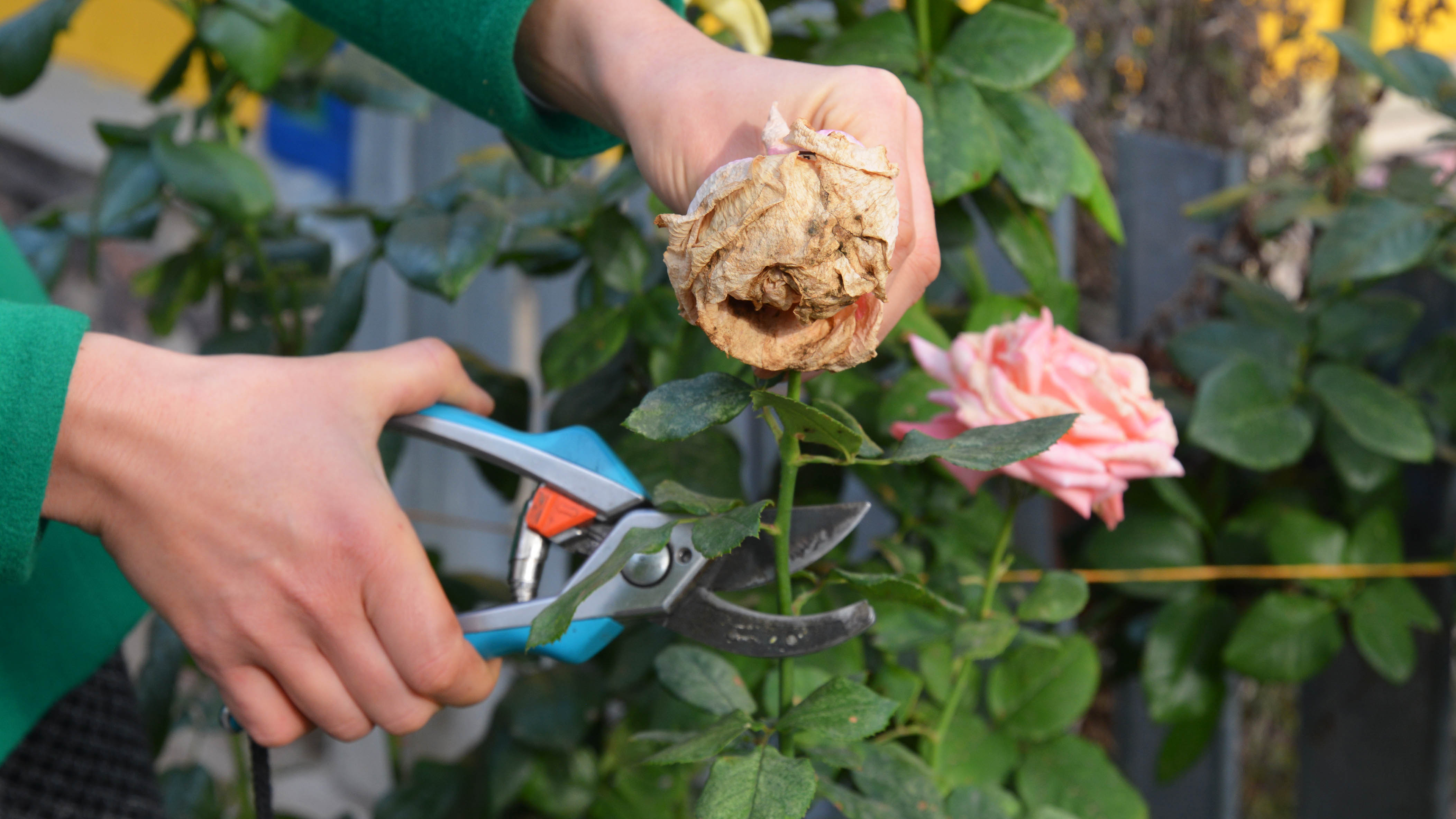
Keep a close eye on your plants for signs of water stress, such as wilting leaves, brown edges, or dropping flowers, so you can prioritize your limited water resources effectively.
Some temporary wilting during the hottest part of the day is normal and doesn't necessarily indicate the plant needs immediate watering. Focus your attention on plants showing persistent stress symptoms and those in containers, which dry out much faster than plants in the ground.
Remove any dead or dying plant material to reduce the overall water demand on stressed plants and encourage them to focus their energy on survival rather than supporting damaged growth.
Now you've learned how to protect your plants during a watering ban, why not take a look at our other useful guides?
Check out you can save heat-damaged plants with coconut sugar — here's how and 7 easy ways to keep birds cool this summer — your backyard visitors will thank you.
And don't miss 5 plants that attract butterflies and other pollinators to your yard.
Get instant access to breaking news, the hottest reviews, great deals and helpful tips.
More from Tom's Guide
- 11 top summer vegetables to grow in July — there’s still time to enjoy a homegrown crop
- 5 ways to protect your yard in a heatwave — tips from experts to use now
- Beat the heat: Experts recommend this simple home hack that 'pushes warm air out and pulls cool air in'

Kaycee is Tom's Guide's How-To Editor, known for tutorials that skip the fluff and get straight to what works. She writes across AI, homes, phones, and everything in between — because life doesn't stick to categories and neither should good advice. With years of experience in tech and content creation, she's built her reputation on turning complicated subjects into straightforward solutions. Kaycee is also an award-winning poet and co-editor at Fox and Star Books. Her debut collection is published by Bloodaxe, with a second book in the works.
You must confirm your public display name before commenting
Please logout and then login again, you will then be prompted to enter your display name.
